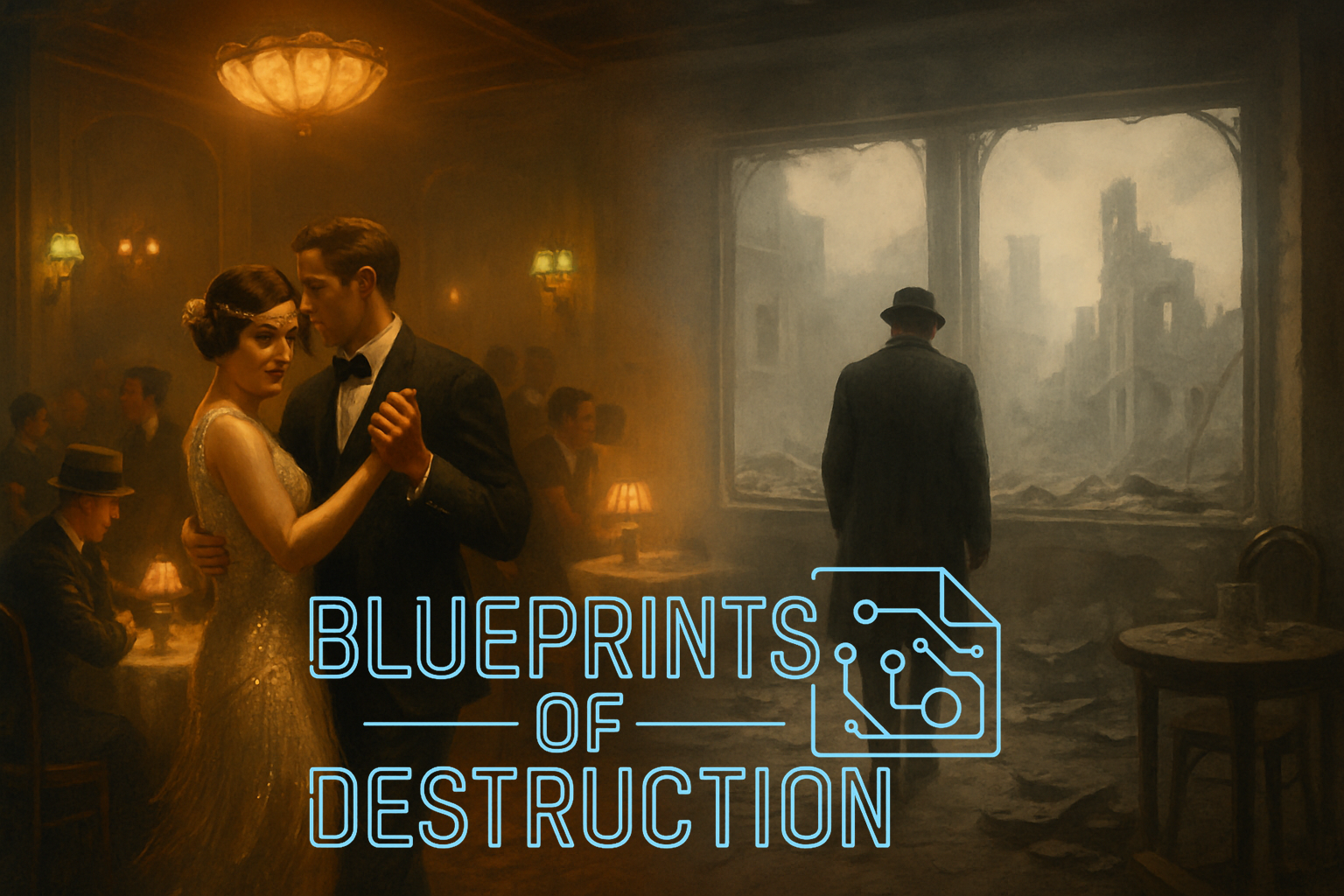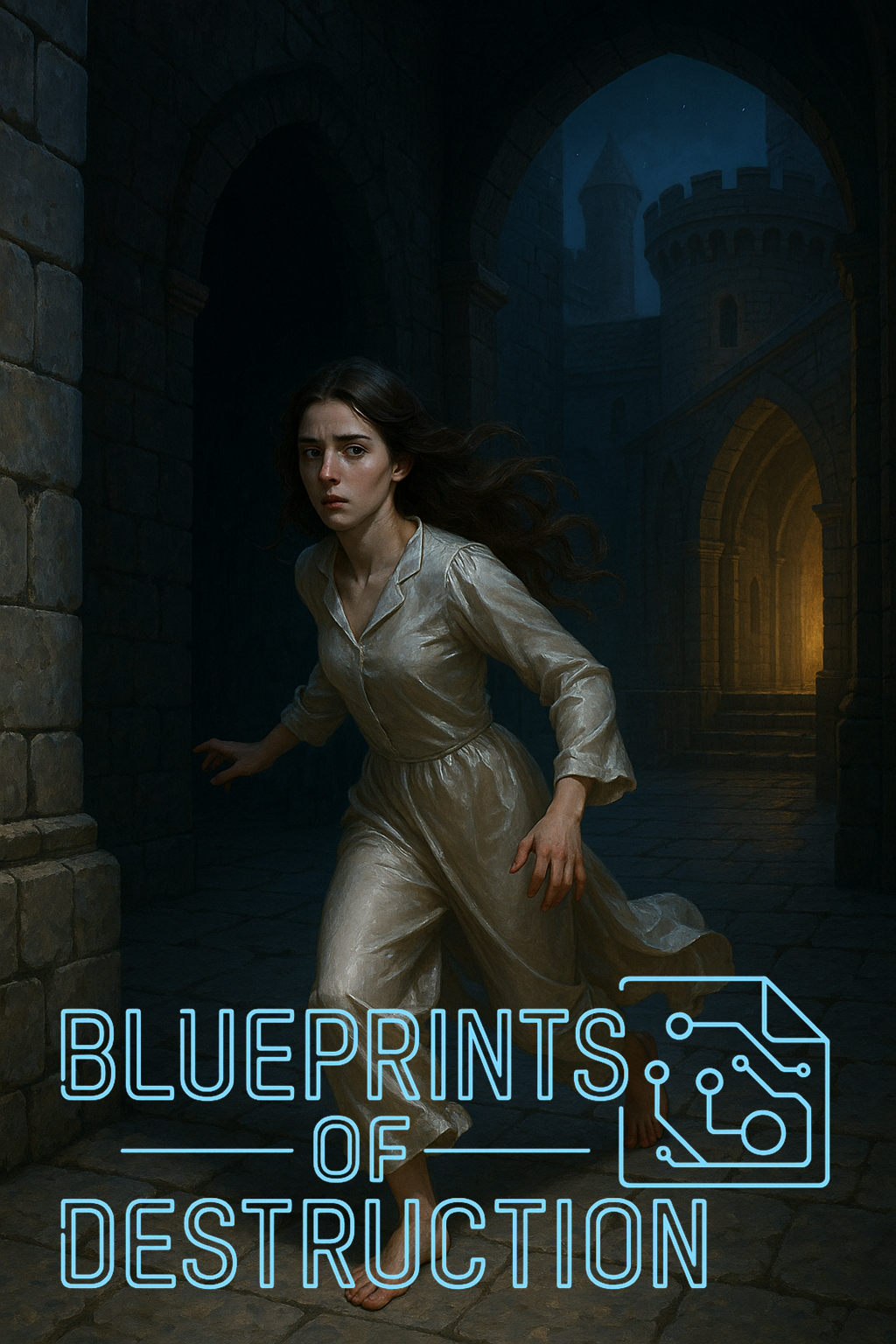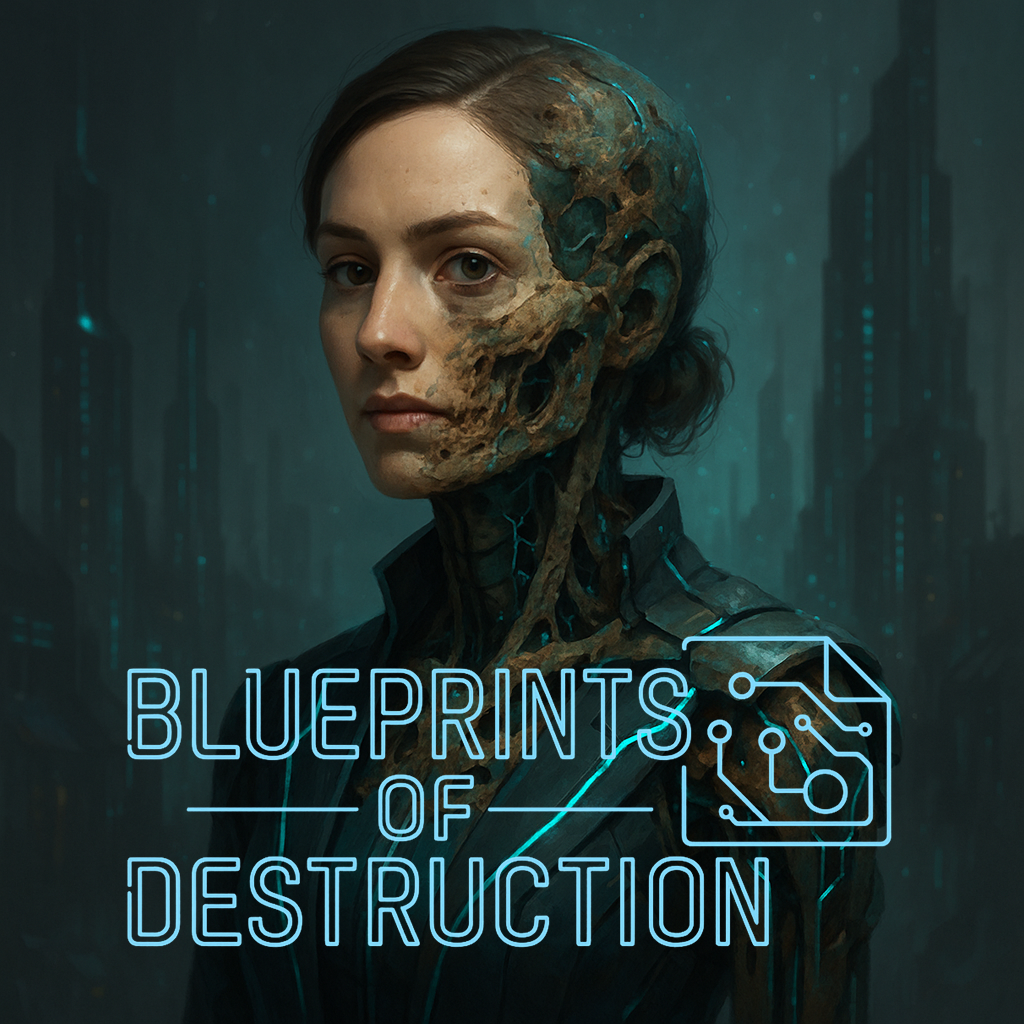Definition of Tone in Writing
Creating Tone
Tone has many different definitions, according to Webster's Dictionary. The definition used here is the style or manner of expression in speaking or writing. In writing, tone refers to the attitude or emotional flavor an author projects through language and setting. Setting does more than simply provide a backdrop for your story to unfold; it also serves as a tool that can draw readers deeper into your world if used properly. Through setting, writers can use tone and mood to construct emotional resonance.

Environment as Setting for Writing
Weather and environment shape mood and setting, helping to establish tone. While rain can evoke sadness or dread, a sunrise can suggest happiness or new beginnings. Rain, sunshine, and fog serve as examples of how setting can communicate emotion and infuse mood into your story.
Mirroring a character's feelings through surroundings can be a way to effortlessly communicate emotion to the reader without having to spell it out. This technique benefits you as an author in many ways. While you frame your story with setting, you can simultaneously world build and add layers to your narrative with little extra effort.
Time and Society's Influence on Tone
Setting isn't only where the story takes place, but also when the story takes place. Different eras carry their own perceptions and attitudes, shaped by their historical context. A 1920s speakeasy would herald rebellion and indulgence, while a story set in post-war London would be a balancing act of tension and loss, along with the hope of rebuilding. Each new era brings social dynamics that further color the emotional palette of your narrative.
Setting also reflects the beliefs, customs, and power structures that shape your story's tone. The surrounding context not only influences tone but also helps establish your story's identity. The social atmosphere of your world has an incredible impact on your story, and you can use that to further define who your characters are and how they behave. Even as setting shapes tone and mood, it impacts the cultural and social ambiance which, in turn, heavily affects both your characters and the narrative as a whole. Just as time and culture fashion tone on an external level, setting can also reflect the characters' internal climate.

Setting as an Emotional Mirror
Setting can also act as a metaphor for both the character and society as a whole. A glittering city from afar is simply covering up the grime and death beneath the surface. The same can be said for the way that some characters present themselves, a shallow facade covering a slowly decaying interior. Creating these reflections of the inner workings of a character can add to the overall tone of the story and provide emotional depth that many readers crave. Using environment and metaphor adds emotional tone to stories without heavy-handed commentary that would otherwise disrupt the reader's experience.
Definition of Tone in Writing to Create Immersion
Setting goes beyond the visual. Tone, through sensory language, can be what pulls your readers deeper into your story's enchantment. The smell of decay as a character creeps through the damp forest. The hum of neon lights while walking through the dead of night, strolling through empty streets. The swish of silk pajamas during the desperate escape. The distant clang of metal as bare feet slap against chilled marble. Each detail elicits emotion just as powerfully as dialogue, if not more.

Metaphors to Implement Definition of Tone in Writing
The use of metaphors while crafting your story can convey what you are trying to say through a larger scale or an alternate perspective. A crumbling building might mirror moral decay or a character's sense that their world is collapsing.
Symbolism turns the physical world of your story into an undercurrent of meaning beneath the written word. A locked door standing in the way of freedom, or a gateway to opportunity. The dying loyalty of a wilting garden. Each symbol reveals its own hidden language. The symbolism lets the reader interpret meaning through an individual perspective, creating a resonance that extends beyond the page.
Beyond reflection lies contrast, a place where setting opposes rather than imitates.
Setting Through Juxtaposition
Just as metaphors can illustrate what the characters are thinking or feeling, juxtaposition can contrast the tone of your writing by opposing it rather than mirroring it. Through tension, rather than reflection, tone can sit as a stark contrast to the elements around it. Juxtaposition can create a poignant dissonance that rings like laughter through a war zone, as it echoes both absurdity and defiance. The contrast invites the reader to wrestle with more elaborate emotions as it coaxes them into deeper contemplation.

Setting as Emotional Architecture
Setting is the architecture of emotion, a place where mood, metaphor, and texture converge into tone as it takes on physical form. Setting gives voice and expression to the elements that can't be spoken as it helps simple descriptions embody your story itself.
Take a step back and look at your story through the lens of your setting, as if it were a separate character. Is setting at odds with your characters, or does it match the rhythm of their heartbeat? Can your setting embody tone, before a character utters a single word?
Watch as the definition of tone in writing breathes life into your story and gives it a voice of its own!
